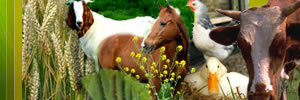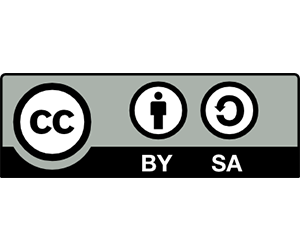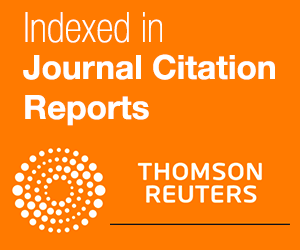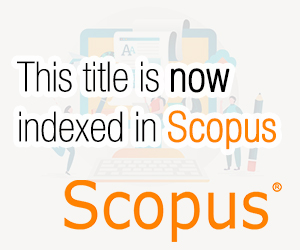EFFECT OF IRRIGATION AND PLANTING DATE ON MORPHO-PHYSIOLOGICAL TRAITS AND YIELD OF ROSELLE (HIBISCUS SABDARIFFA)
M. J. Seghatoleslami, S. G. Mousavi and T. Barzgaran
Islamic Azad University, Birjand branch, Birjand, Iran
Corresponding author E-mail: mjseghat@yahoo.com
ABSTRACT
In order to study the possibility of the cultivation of Roselle in Birjand, Iran an experiment was conducted at Agricultural Research Center, Islamic Azad University, Birjand Branch, Iran. Irrigation treatments (20%, 60% and 100% of reference evapotranspiration [ET0] replaced) as main-plots and sowing dates (May 10, May 31 and June 20) as sub-plots were compared in a split-plot design based on randomized complete block with three replications. The effect of irrigation on plant height, stem diameter and branch number was not significant, but these traits were at the highest level in the first sowing date. Chlorophyll index decreased with the increase in irrigation level, but this trait was not significantly affected by sowing date. Stomatal conductance was not significantly affected by irrigation treatments, but increased by delaying in sowing date. Flower dry yield did not show significant differences between different sowing dates under irrigation treatments of 100% ET0, while the highest flower dry yield (18.27 g.m-2) was obtained from the first sowing date (May 10) under irrigation treatment of 20% ET0). In conclusion the results showed that Roselle had low water demand and the plant kept their growing even at irrigation treatment of 20% ET0.
Key words: Rosselle, irrigation, planting date, yield, chlorophyll, stomatal conductance |





